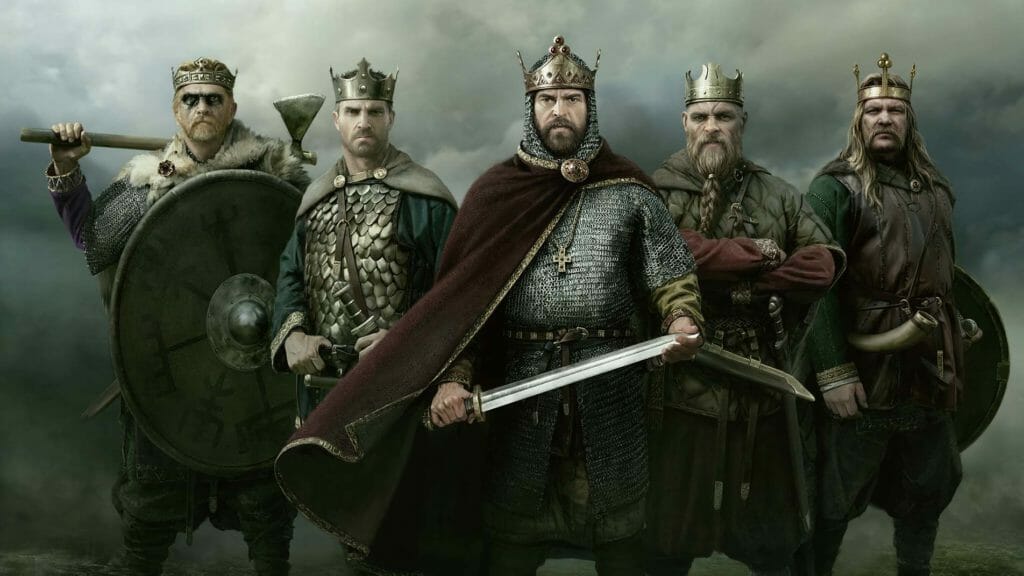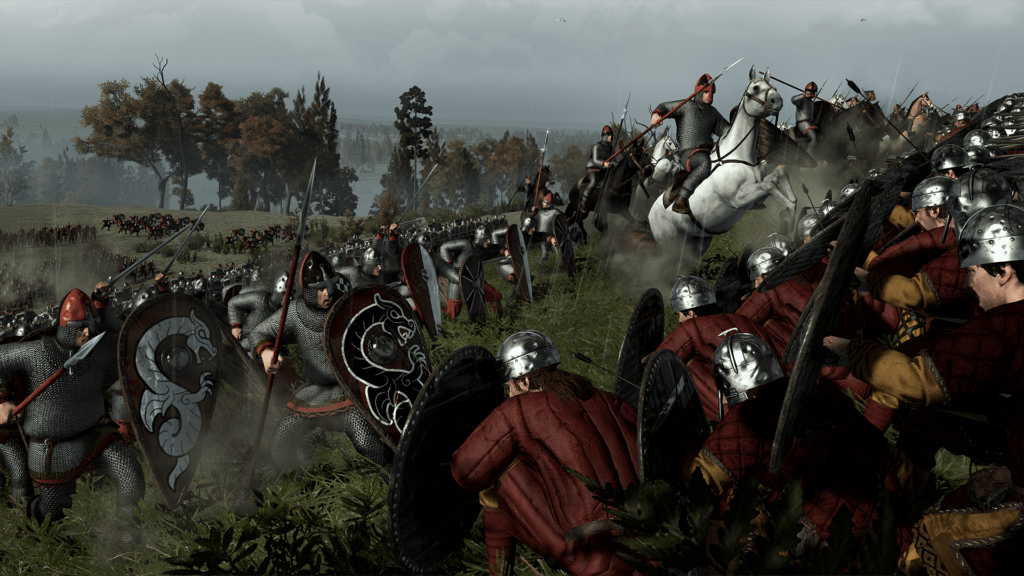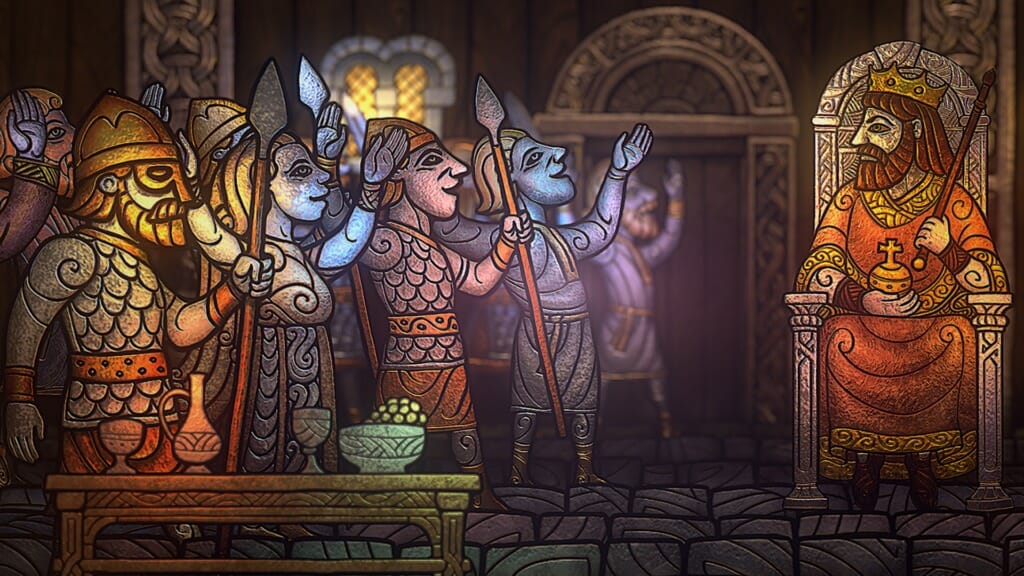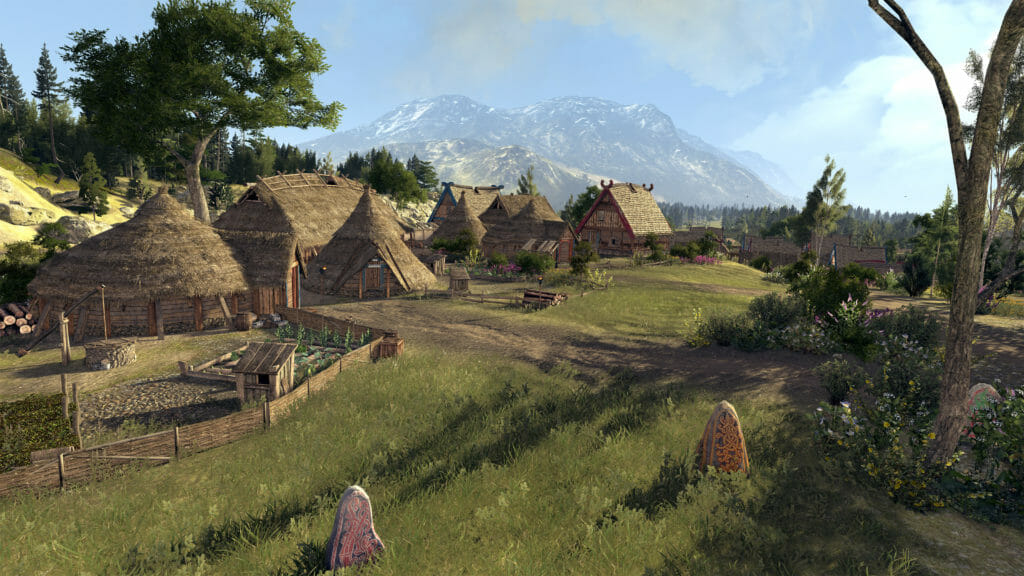A Total War Saga: Thrones of Britannia – Why 878 AD?
Hello and welcome to the first in a series of blogs from lead developer Jack Lusted that will talk about the core decisions behind the design and direction of A Total War Saga: Thrones of Britannia. As this is the first blog, it feels best to start with the first question that will come to mind for those familiar with the history of this era.
So Jack, why 878 AD?
——————————–
When you think of Viking Britain, two dates really come to mind:
- 793 AD: The first major Viking raid on the monastery of Lindisfarne
- 865 AD: The Great Heathen Army, also called the Great Viking Army and supposedly led by the sons of the legendary Viking Ragnar Lodbrok, arrives in England
Both of these are sort of seen as heralding the arrival of different phases of Viking activity. The first leads to the era of constant raiding of the coasts of Britain and Ireland, the second to their eventual settling in England after a lot of fighting. But both of these to a degree are a start, a beginning of something, and I think what happens next is just as interesting.
Total War: ATTILA and Total War: WARHAMMER both feature large invasions by marauding forces, as did the Viking Invasion expansion for Medieval: Total War, but they don’t delve into what comes next. What happens after the invasion? How do countries and people pick themselves back up and adapt to the new reality they’re faced with?
This aftermath is as fascinating to me, if not more so, than the invasion itself as it’s here that the consequences play out. How do the different cultures cope in areas where they’ve merged together? The Great Heathen Army has been defeated, but the fighting hasn’t really stopped. What does that mean for agriculture, and the need to support armies all the time? What will later Viking raiders think of the ones who’ve already settled, will they look on them as brothers or treat them as another target?
The Treaty of Wedmore, signed after the Battle of Edington in 878 AD, is a great time to jump into to look at answering those questions. The Great Viking Army has settled in the old English kingdoms of Northumbria and East Anglia as well as the eastern half of Mercia, the areas that would become known as the Danelaw. Alfred the Great has carved out a kingdom, but it’s still fragile, and lots of English lands lie under Viking rule.
In Wales, king Rhodri the Great has died after uniting the lands, his territory divided amongst his sons who each look to follow in the footsteps of their father and rule as King of the Britons, but also deal with a resurgent Wessex.
To the north in Scotland, the Gaels have overtaken the Picts and the two branches of the Alpinid dynasty vie for control of what is known as Alba. To the west in Ireland, the lands are as divided as they’ve ever been, between Gaelic Kingdoms and new Viking settlements now dotting the coast.
This brief moment of peace after the Treaty of Wedmore, this little bit of calm, is a perfect starting point for us because it represents a crossroads in time. History unfolded in a way that defined what Britain is today, but at this exact moment, the future is wide open. It is perfect for Total War, and the sandbox nature of our campaign gameplay. History only happened the way it did because of the decisions of people alive at the time. What happens when different choices are made, another path is taken? In Thrones of Britannia, we want you to make those choices, and decide who will rule the Isles.
Next time on the blog we’ll be talking about the map for Thrones of Britannia, so be sure to follow us on Facebook, Twitter or sign up to our forums for news on that.



